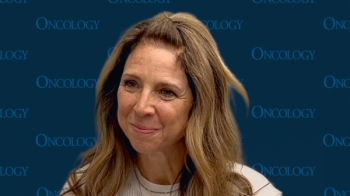
Tara M. Graff, DO, MS, stated that combination therapy approaches may be the optimal route forward for advancing MZL care.

Your AI-Trained Oncology Knowledge Connection!


Tara M. Graff, DO, MS, stated that combination therapy approaches may be the optimal route forward for advancing MZL care.

“…if [there’s] a younger patient with MZL, I’m willing to risk a little extra toxicity to give them a longer-term remission,” said Tara M. Graff, DO, MS.
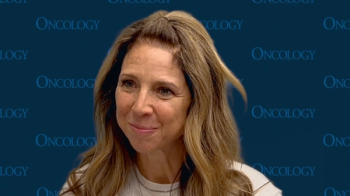
Subcutaneous mosunetuzumab achieved consistent rates of complete responses across various high-risk marginal zone lymphoma subgroups.
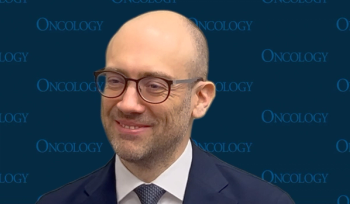
There will be an unmet need for therapy in patients with aggressive lymphomas who did not benefit from therapy with bispecifics, CAR-T, chemotherapy, and targeted therapy.
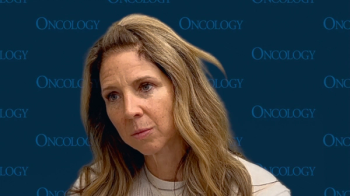
The subcutaneous formulation of mosunetuzumab will require 17 cycles of therapy, without any maintenance, and can be done in outpatient settings.
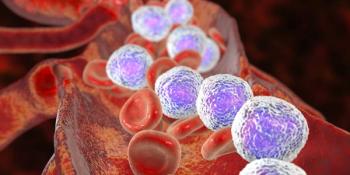
D-VRd had a 72% chance of providing superior PFS outcomes vs isatuximab plus VRd in patients with transplant-ineligible NDMM.
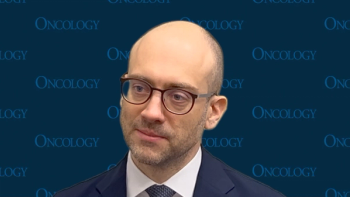
Respiratory, viral, and bacterial infections have emerged as a toxicity of note during bispecific antibody treatment for indolent lymphoma.
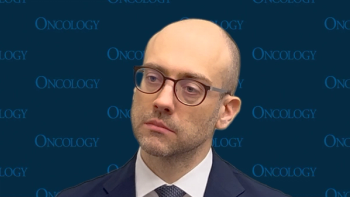
Lorenzo Falchi, MD, highlighted the phase 1b/2 EPCORE NHL-2 and phase 1 BP41072 trials as prominent trials evaluating novel immunotherapy combinations in indolent lymphoma.
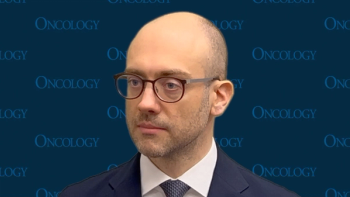
Bispecific antibodies have demonstrated adaptability and versatility when combined with immunotherapy and chemotherapy agents.
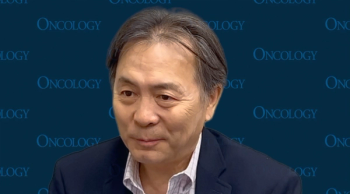
Treatment with mosunetuzumab and polatuzumab vedotin led to a complete response rate of 79% in patients with mantle cell lymphoma.
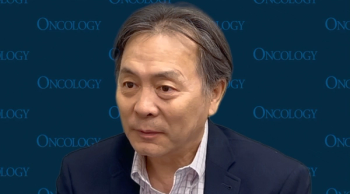
Mosunetuzumab plus polatuzumab vedotin demonstrated efficacy in subgroups of patients with mantle cell lymphoma with poor risk factors.
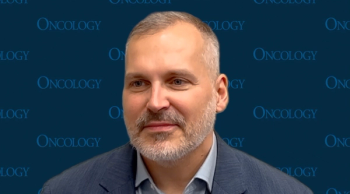
According to Adam J. Olszewski, MD, M-Pola’s safety profile makes it administrable in community settings to those with transplant-ineligible RLBCL.
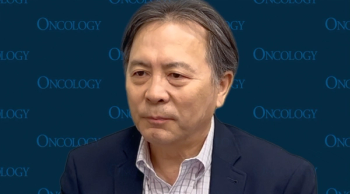
The mosunetuzumab and polatuzumab vedotin combination was evaluated in a high-risk factor subgroup of patients with mantle cell lymphoma.
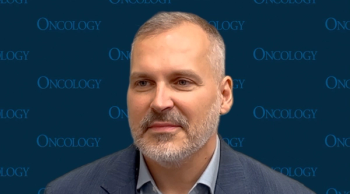
Although OS data are still immature, they have shown favorable trends for mosunetuzumab and polatuzumab vedotin in transplant-ineligible LBCL.
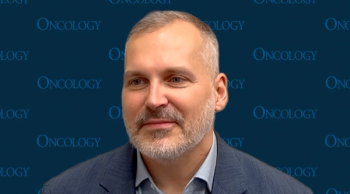
Results from the SUNMO trial may show that M-Pola is a viable treatment option for those with transplant-ineligible relapsed/refractory LBCL.

Results from the phase 2 MorningSun trial demonstrated that outpatient, subcutaneous single-agent mosunetuzumab was efficacious in patients with marginal zone lymphoma.
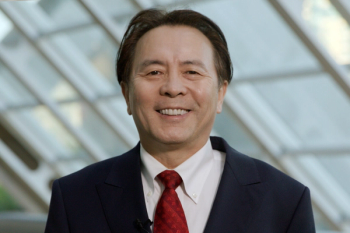
Michael Wang, MD, stated that results from this phase 2 trial were tremendous and showed that mosunetuzumab plus polatuzumab vedotin is viable in MCL.
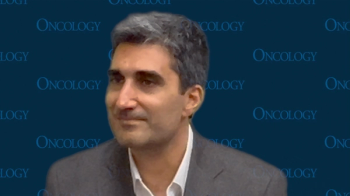
Several ongoing trials are evaluating the efficacy of ziftomenib treatment combinations in this acute myeloid leukemia population.

Experts detailed key advances in myelofibrosis, multiple myeloma, and lymphoma at the Society of Hematologic Oncology 2025 Annual Meeting.
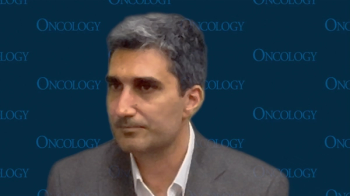
Single-agent ziftomenib achieved an ORR of 35% in patients with relapsed/refractory acute myeloid leukemia harboring an NPM1 mutation.
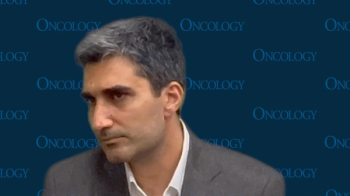
New targeted therapies are needed to improve outcomes for patients with NPM1-mutant relapsed/refractory acute myeloid leukemia.
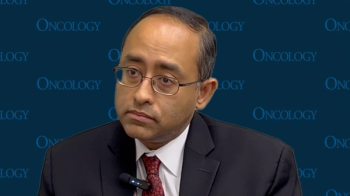
All 4 FDA-approved JAK inhibitors for myelofibrosis have unique toxicity profiles that all patients and physicians should know, said Prithviraj Bose, MD.

Lorenzo Falchi, MD, highlighted the most important considerations when using novel immunotherapy combination therapies for patients with indolent lymphoma.
![We must work on clinical predictors based on the disease phenotype, we must work on the physician’s attitude, and [we must work to] stimulate the correct and timely usage of ruxolitinib.](https://cdn.sanity.io/images/0vv8moc6/cancernetwork/d5a069c33bbfe917bc7c0b1bb13d76c0a815cc44-234x234.png?w=350&fit=crop&auto=format)
According to Francesca Palandri, MD, PhD, ruxolitinib will have a less significant effect in patients with myelofibrosis who have a cytopenic phenotype.
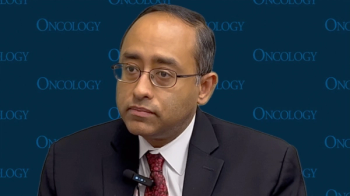
Non-driver mutations can be informative for clinicians in the treatment of patients with myelofibrosis, as they may help guide transplantation decisions.
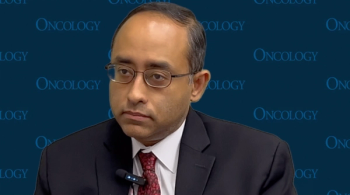
There are 4 JAK inhibitors approved for myelofibrosis, all of which are usable in certain situations depending on a patient’s clinical factors.
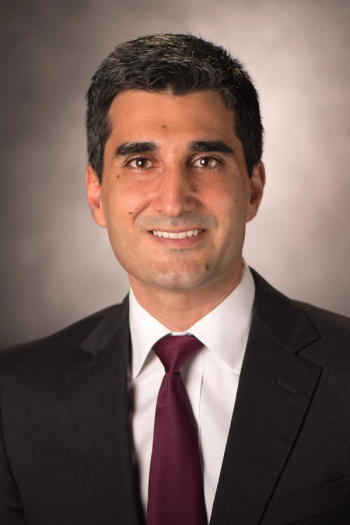
Ziftomenib yielded a median overall survival of 16.4 months in responders with NPM1-mutant AML who received ziftomenib in the phase 1b/2 KOMET-001 trial.

Results from the SUNMO trial showed that mosunetuzumab plus polatuzumab vedotin achieved a complete response rate of 51.4% in this LBCL population.
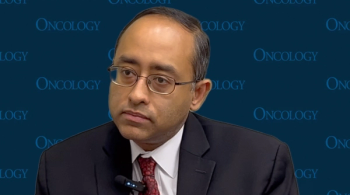
Interferons and other anemia-driven therapies for myelofibrosis are exciting for the future, according to Prithviraj Bose, MD.
![We found that patients who are [complete remission] MRD-negative, and PET/CT negative year after year for 5 years do not have to be maintained.](https://cdn.sanity.io/images/0vv8moc6/cancernetwork/a0c5316b5733cfe8ccceb396476faf0cea2f2e46-320x410.png?w=350&fit=crop&auto=format)
According to Sundar Jagannath, MBBS, the cure for multiple myeloma was observed in patients who were cancer free for 5 years without maintenance therapy.